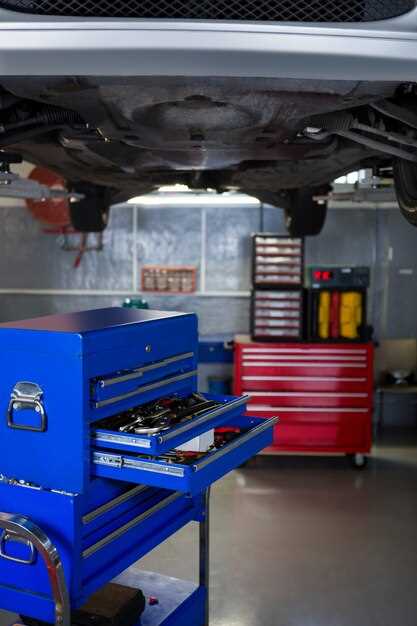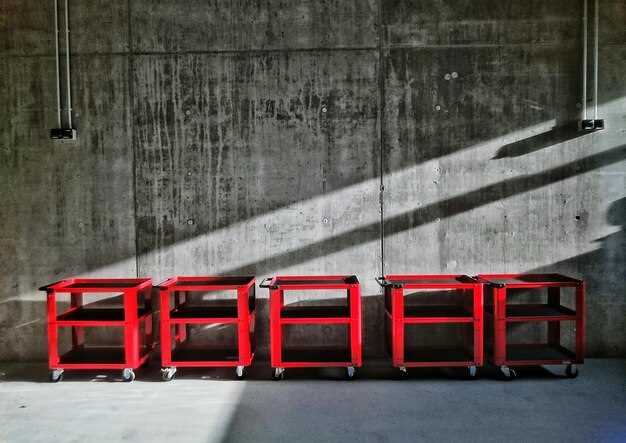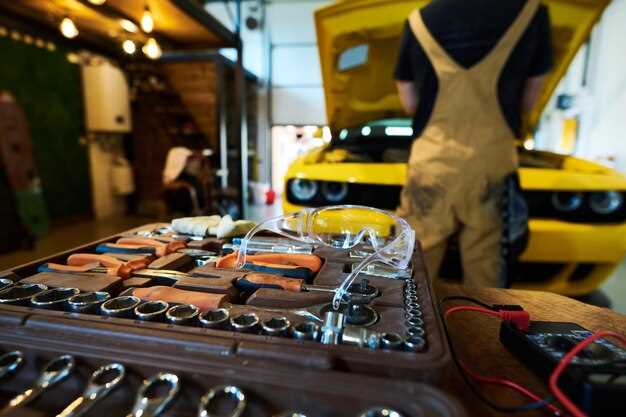
Creating a successful race car build workshop requires meticulous planning and organization. The journey begins with a clear vision of the workshop’s setup, which includes selecting a suitable location, gathering the necessary tools, and assembling a team of dedicated enthusiasts. Each element plays a crucial role in ensuring that the building process runs smoothly and efficiently.
Once the workshop is properly set up, the focus shifts to the building phase. This involves breaking down the project into manageable tasks and establishing a timeline for completion. Participants should be assigned specific roles based on their skills and interests, fostering a collaborative environment where knowledge and expertise can be shared.
Throughout the workshop, it is essential to maintain open lines of communication and encourage continuous feedback. This not only helps in resolving issues quickly but also enhances the overall experience for everyone involved. By following these structured steps, you can create an engaging and productive race car build workshop that inspires creativity and teamwork.
Determining the Required Tools and Equipment for Race Car Assembly

Building a race car requires a precise setup of tools and equipment to ensure efficiency and quality throughout the assembly process. Each component of the car must be carefully constructed and fitted, necessitating specialized tools that cater to various tasks.
Essential Hand Tools
Begin with a comprehensive collection of hand tools. Basic tools like wrenches, sockets, and ratchets are fundamental for assembling engine parts and chassis components. Consider investing in high-quality tools to handle the specific demands of race car assembly.
Power Tools
Power tools streamline the building process significantly. An electric drill is crucial for both drilling and fastening operations. Impact wrenches are invaluable for quickly tightening bolts in high-performance assemblies where precision is essential.
Diagnostic Equipment
In the setup phase, having diagnostic equipment can improve the efficiency of the build. A multimeter is necessary for electrical systems, while diagnostic scanners can help ensure that engine performance remains optimal throughout assembly.
Safety Gear
Equipping your workshop with proper safety gear is essential. Ensure that you have goggles, gloves, and ear protection to safeguard against hazards associated with racing assembly work.
Storage Solutions
Efficient organization of tools and parts can greatly enhance your setup. Utilize tool chests and parts organizers to keep everything accessible. This will save time and reduce frustration during the building process.
By carefully selecting the right tools and equipment, you set the foundation for a successful race car assembly workshop, enabling you to focus on building a high-performance vehicle with precision and confidence.
Creating a Workflow for Each Phase of the Build Process
Organizing a race car build workshop requires a clear and structured workflow to ensure efficiency and precision. The setup phase is crucial as it establishes the groundwork for all subsequent activities. During this phase, gather all necessary tools, parts, and resources to create an organized workspace. Labeling storage areas and arranging components by function will save time and improve collaboration among team members.
Next is the building phase, where the actual construction of the race car takes place. Break this phase down into smaller tasks, such as frame assembly, engine installation, and wiring. Assign specific roles to team members based on their expertise and interests. Use checklists to track progress and ensure each task is completed thoroughly. Regular meetings during this phase can help address any challenges and keep everyone aligned with the project goals.
Another key aspect of the workflow is the testing and refining stage, where the race car undergoes evaluations to identify any issues. Establish a systematic approach to testing, focusing on different components such as aerodynamics, handling, and performance. Documenting the results will aid in making necessary adjustments and improvements before the final build is completed.
Finally, prepare for the race day by creating a checklist of all items needed, including tools, spare parts, and safety equipment. Establish a timeline for the final assembly and ensure communication remains open within the team. By following this structured workflow for each phase of the build process, the workshop can achieve a successful outcome and prepare a race car that meets all performance expectations.
Establishing Safety Protocols and Best Practices in the Workshop

In a race car building workshop, safety protocols are essential to ensure the well-being of all participants and the successful completion of the project. Establishing clear guidelines helps minimize risks associated with working with high-performance vehicles and tools.
1. Personal Protective Equipment (PPE): All individuals in the workshop must wear appropriate PPE, including safety goggles, gloves, and helmets when necessary. Ensure that the equipment fits well and is maintained in good condition to provide maximum protection.
2. Tool Safety and Maintenance: Regularly inspect and maintain all tools and equipment. Implement a checklist for each tool, ensuring they are functioning correctly before use. Provide training on proper handling techniques to prevent accidents during the building process.
3. Fire Safety Measures: Given the flammable materials often present in a race car workshop, establish fire safety protocols. This includes having fire extinguishers accessible, creating a designated area for storing flammable substances, and ensuring all participants are aware of emergency procedures.
4. Workspace Organization: A cluttered environment can lead to accidents. Maintain a well-organized workshop where tools and materials are stored systematically. Clearly label storage areas, and ensure pathways remain clear to facilitate safe movement around the workspace.
5. Emergency Procedures: Develop and communicate emergency response plans. This includes identifying safety exits, designating assembly points, and conducting regular drills to ensure everyone knows how to react in case of an emergency. Make sure first aid kits are readily available and that designated personnel are trained to use them.
6. Communication: Promote open communication among team members. Encourage reporting of unsafe conditions or behaviors without fear of reprimand. Regular meetings can help reinforce safety protocols and share best practices within the team.
7. Training and Education: Ongoing training should be a priority. Schedule workshops on safety practices and tool usage regularly. This ensures that both new and seasoned builders remain aware of the latest safety protocols in the race car building process.
By implementing these safety protocols and best practices, a race car building workshop can foster a secure environment where creativity and collaboration thrive, ultimately leading to successful project outcomes.



